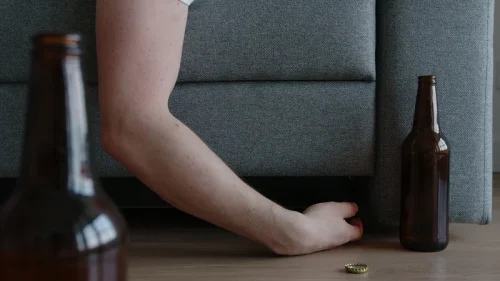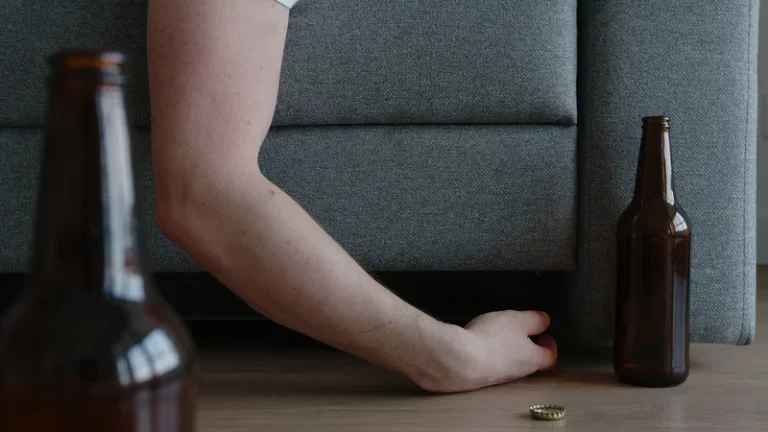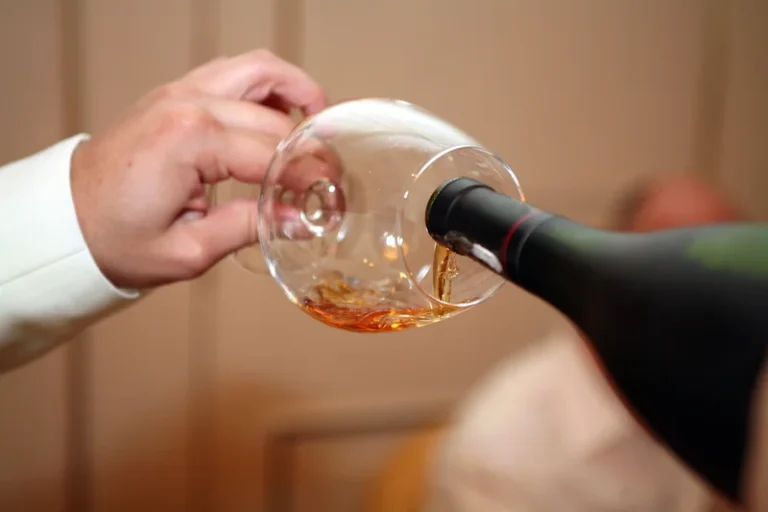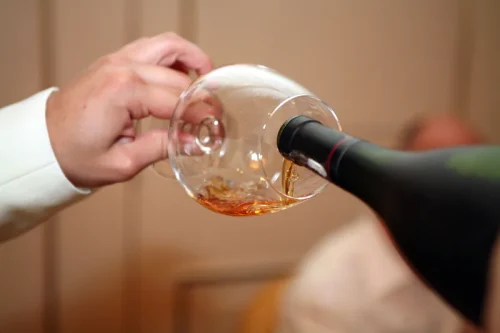
Amphetamine addiction is a global issue that affects millions of people. According to the World Drug Report 2020, an estimated 37.9 million people worldwide used amphetamines in 2018, with the majority being methamphetamine users. These drugs are known by different street names, such as speed, ice, crank, or Adderall when used for non-medical purposes.
Amphetamine addiction signs and symptoms
- Medical professionals closely monitor individuals during this process to ensure their safety and well-being.
- A person can find it hard to stop taking a substance, which usually implies that they are physically dependent on the substance.
- These changes to the brain mean that a person may always be at risk of using a substance again, even if they have not used it for a long time.
Schedule II drugs are considered dangerous substances when used without the supervision of a doctor. However, even when used medically, amphetamines can cause serious problems. Short-term effects of amphetamine use include increased energy, enhanced concentration, and decreased appetite.
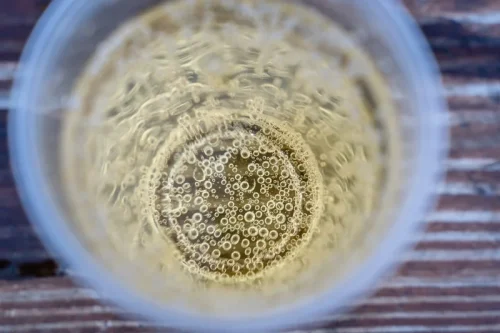
Overcoming Barriers to CBT Adoption
There are professional treatment programmes available to help you get to beat your addiction or substance misuse disorder. Such treatment programmes are effective because they don’t merely focus on the symptoms, but actually dig deeper to unearth the problem and rectify it. Addiction may have worsened your communication with your family members, may have worsened your attention span and concentration levels, leading to a number of professional issues. Many have let Amphetamine Addiction their dependence to drugs lead to financial and health issues they would have never left unattended otherwise.
- At Compassion Behavioral Health, we’ll determine the best therapies for each patient’s specific lifestyle and needs.
- A person should make sure that they take their prescription drugs as their doctor instructs and read any leaflet information to check for potential interactions with alcohol and other drugs.
- Your personality and behaviour are negatively affected, which in turn has a direct effect on everyone around you, including your family and friends.
- Repeated amphetamine use leads to the disruption of dopamine neurotransmission, reducing normal dopamine levels and impairing the brain’s ability to experience a pleasure.
Who’s at risk for amphetamine dependence?

An amphetamine addiction comes in various shapes and sizes, but all cases share one thing in common; there is always a root cause driving the amphetamine addiction. Such causes may not be easy to see or understand immediately but talking therapies and holistic treatments can pinpoint precisely how and where the amphetamine addiction started. To give you a general idea, below of some of the common underlying drug addiction treatment causes that contribute to amphetamine addiction. Many also find it useful to enter support group programs to help manage and understand their addictions. These programs such as 12-Step models like Narcotics Anonymous (NA) or other programs like SMART Recovery have meetings across the country and are accessible to people from all walks of life.
Treatment for amphetamine addiction

Withdrawal symptoms when not using and needing more of the drug to achieve the same effects are also signs of addiction. To avoid withdrawal symptoms, take your medication exactly as your provider prescribed it to you. Schedule a time to take it every day and stick to that same schedule for the duration that you’re taking the drug. Always follow your healthcare provider’s instructions when taking amphetamines. Depending on what type and the dosage of the prescribed amphetamine, take extended-release capsules once daily and immediate-release tablets and oral solutions up to three times per day. Schedule a time each day to take your amphetamines and stick to that schedule.
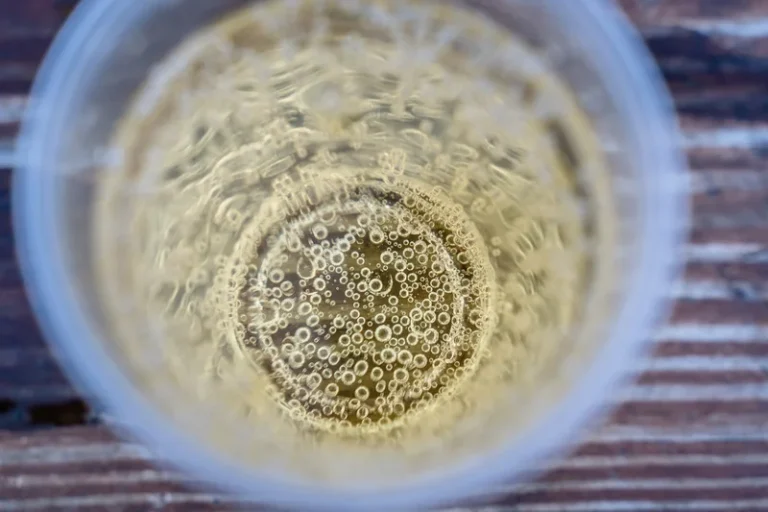
The therapy emphasizes building sustainable strategies to manage triggers and stressful situations. Patients practice these strategies in controlled settings and develop personalized relapse prevention plans. The therapy journey emphasizes practical strategies that aim for positive life changes by focusing on present issues rather than delving into the past. As a structured treatment process, several CBT interventions are integrated based on the client’s specific challenges, ensuring the approach remains personalized and effective. Morgan is a mental health counselor who works alongside individuals of all backgrounds struggling with eating disorders. Morgan is freelance mental health and creative writer who regularly contributes to publications including, Psychology Today.
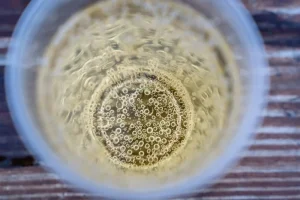
They are often abused due to their ability to produce euphoria, increase energy, and suppress appetite. You can also help them establish a new routine with exercise, healthy food and avoiding things that might trigger relapse, such as spending time with people that enable their addiction 2. Mount Regis Center is a leading inpatient treatment program for men and women recovering from addiction and behavioral health concerns. Finding useful information and resources about addiction or alcoholism can be a minefield.


